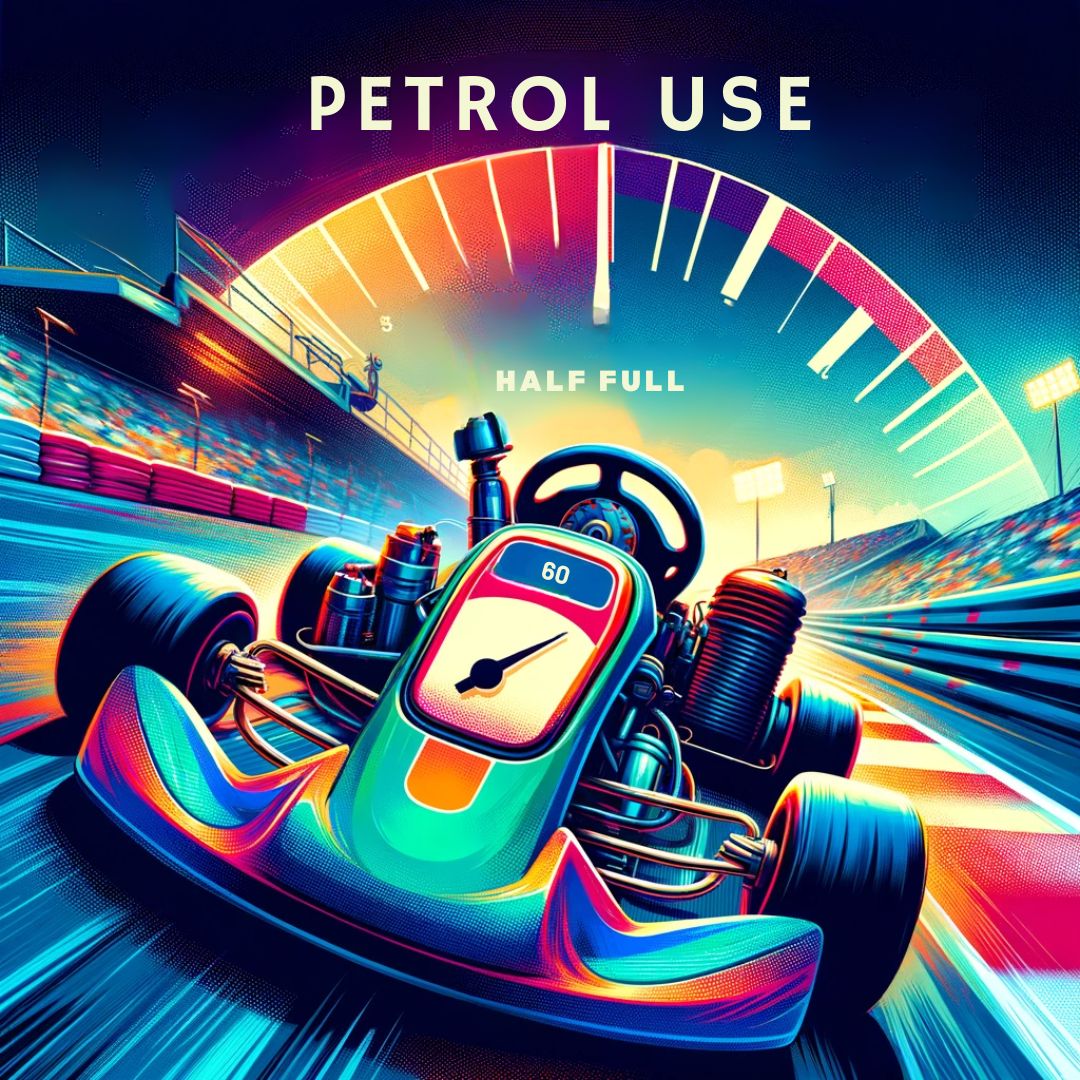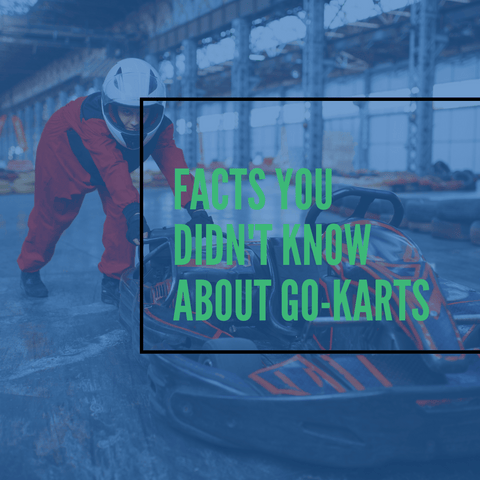
Updated: 14.05.25
Go-karting combines speed and strategy, captivating kids and adults alike. A key question for enthusiasts is: How much petrol does a go-kart use? Understanding fuel consumption enhances your racing experience. Explore our go-karts for high-performance options!
1. Average Fuel Consumption
Petrol go-karts typically use about 2 litres of fuel per 10 minutes of runtime, though this varies based on several factors. This baseline helps racers plan for casual outings or competitive events.
Related: All You Need to Know About Kids Petrol Go-Karts
2. Factors Affecting Fuel Use
| Factor | Description | Impact on Fuel |
|---|---|---|
| RPM | Higher engine speeds increase fuel use. | Optimal RPM balancing boosts efficiency. |
| Engine Type | 2-stroke vs. 4-stroke affects efficiency. | 4-stroke engines use less fuel than 2-stroke. |
| Aerodynamics | Kart design impacts air resistance. | Better aerodynamics lowers fuel consumption. |
Related: Does Go-Kart Racing Have Pit Stops?
3. Maintenance for Fuel Efficiency
Proper maintenance optimises fuel use and extends kart life:
- Engine Tune-Ups: Regular checks ensure efficient fuel burn.
- Tyre Pressure: Maintain recommended levels to reduce drag.
- Lubrication: Lubricate parts to minimise friction.
- Air Filter: Clean filters improve engine performance.
- Fuel Leaks: Inspect to prevent waste and hazards.
4. Fuel Costs and Expenses
A typical karting weekend costs around £55 for fuel in 2025, factoring in slight price increases. Additional expenses like tyres, maintenance, and entry fees vary, especially for competitive racing.
5. Innovations in Fuel Efficiency
Hybrid powertrains, achieving up to 110 mpg, and electric karts are making karting more economical and eco-friendly, reducing reliance on petrol.
6. Environmental Impact
Petrol go-karts emit greenhouse gases, contributing to air pollution. Adopting cleaner fuels or electric karts reduces this footprint, aligning with sustainable karting practices.
7. Customisation for Efficiency
Modify engines, refine aerodynamics, and adjust driving techniques to boost fuel efficiency. While not always speed-focused, these tweaks add strategic depth to karting.
8. Race Strategies to Save Fuel
- Smooth Driving: Avoid aggressive acceleration.
- Cornering: Efficient turns save fuel.
- Weight Reduction: Remove excess weight.
- Gear Shifts: Optimise shifts for efficiency.
- Race Planning: Choose fuel-saving lines.
Conclusion
Understanding go-kart fuel consumption involves mastering RPM, engine type, and maintenance. These insights help racers save costs, reduce environmental impact, and enhance track performance. Every drop counts in the race to the finish!
Frequently Asked Questions
How much petrol does a go-kart use per session?
A petrol go-kart uses about 2 litres per 10 minutes, varying by RPM, engine, and track conditions.
Does driving style affect go-kart fuel use?
Yes, smooth driving conserves fuel, while aggressive acceleration and braking increase consumption.
Are 4-stroke engines more fuel-efficient than 2-stroke?
Yes, 4-stroke engines typically use less fuel than 2-stroke, though 2-stroke offers more power.
Can electric go-karts replace petrol ones for efficiency?
Electric karts eliminate petrol use and are eco-friendly, ideal for indoor tracks and sustainable karting.
How can I reduce my go-kart’s environmental impact?
Use cleaner fuels, maintain your kart, or switch to electric karts to lower emissions.
Get in Touch 🚀
Loved our article on “How Much Petrol Does a Go-Kart Use?”? Want more karting tips?
We’re here for all your kids’ ride-on toy questions! 🚗💨
Explore more at RiiRoo.com.
Or, chat with us via Live Chat for instant answers!






Share:
Go Kart Age Limits For UK and US
Are Go Karts Bad For The Environment in 2025?